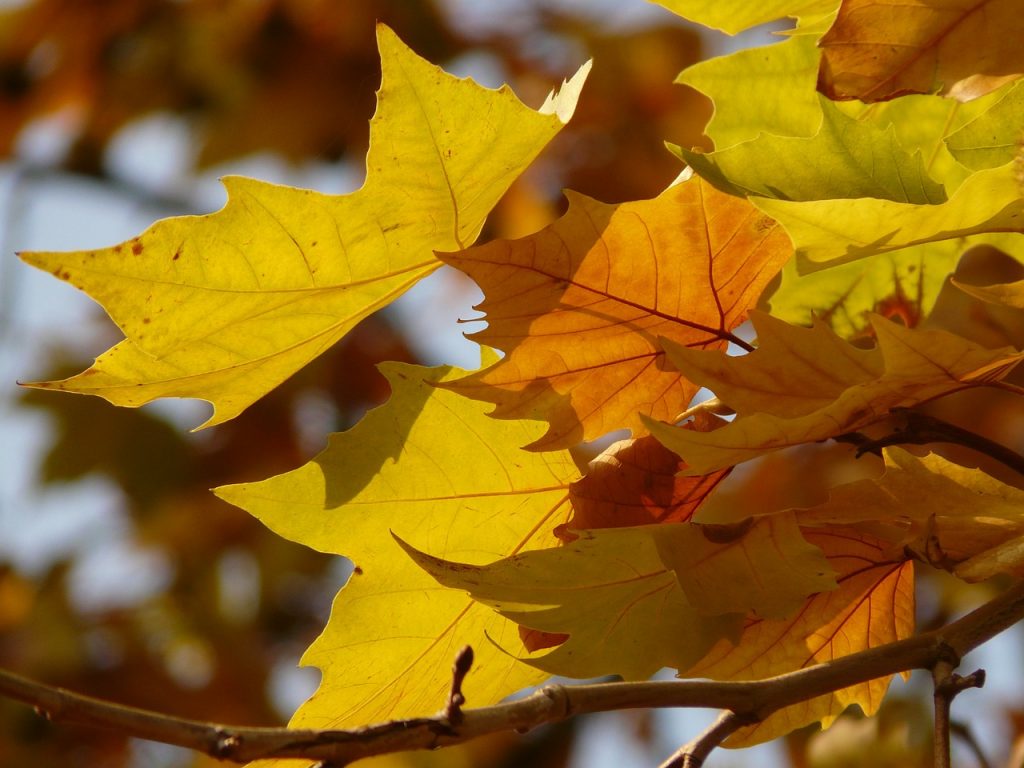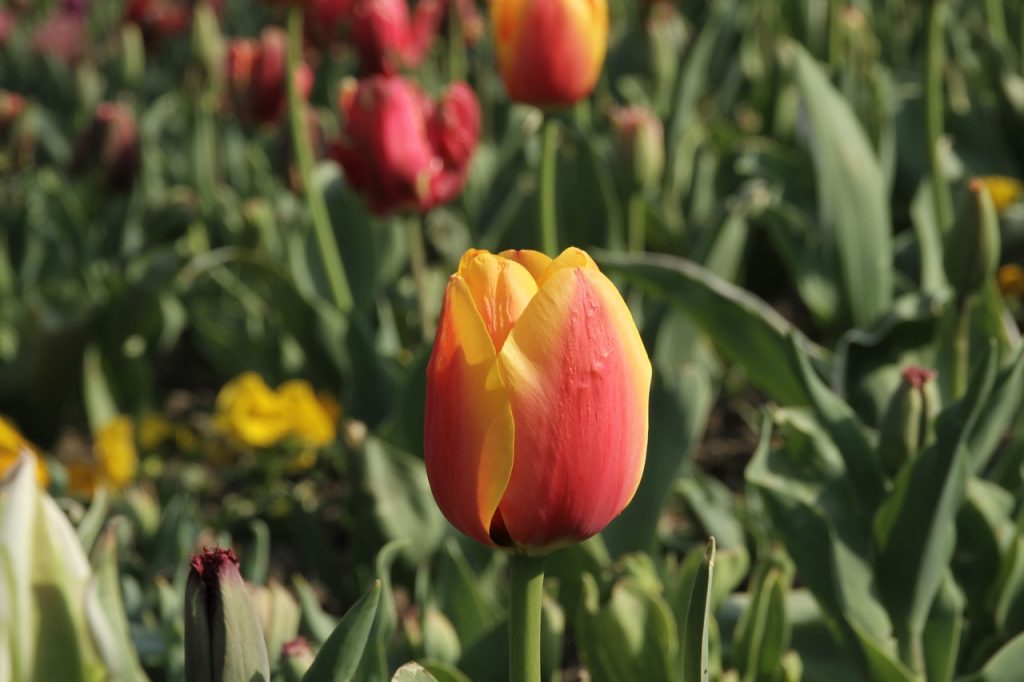Apart from the snow-capped mountains, deep gorges, and lush gardens, the Chinar forms another significant part of Kashmir’s identity. With the first tree believed to have been planted in the 14th century, the Chinar has been part of Kashmir’s culture for over a whopping 600 years. However, Chinar’s significance transcends being an identity. The tree, which is also termed Buen or Booyn in the Kashmiri language, is also seen as the region’s symbol and part of its soul!
Accordingly, considering China’s importance in Kashmir, let us look at a few essential aspects: the Chinar’s history, the Chinar Island on Dal Lake, the physical appearance, the etymology of Chinar, etc., in this blog.
The History of Chinar and Etymology
Chinar is considered to be the pride of Kashmir. However, the belief that it originated in Greece might surprise you. The oldest Chinar tree, which is believed to have been planted in 1374 by Syed Abul Qaim Hamdani (R.A), is located in the Chattergam village of the Budgam district. That tree is around 15 meters tall.
Mughals loved the tree a lot. In 1586, when Akbar took over Kashmir, he alone is said to have planted approximately 1,200 trees. Furthermore, Jahangir proposed the concept of Char Chinar (planting Chinars on four corners).
The name Chinar is a Persian word that means ‘What a Fire!’ And, there’s a reason for it. During November, the tree appears as if it is on fire. But there’s another school of thought regarding the origin of the name Chinar. According to Hindu belief, the name Chinar is associated with the Bhawani goddess. The belief is supported by the dense planting of Chinars at Khair Bhavani Tulmulla in the Ganderbal district of Kashmir. Chinars are also found in Iran and Greece.
Chinar Tree – Physical Characteristics and Appearance
Let us take a look at the few physical characteristics and appearance of the tree.
– Chinar’s leaves pretty much resemble the leaves of a Maple tree
– The tree forms a majestic sight when viewed from a distance
– Chinar’s leaves appear green in summer
– The tree’s leaves change colors to red, yellow, and amber during autumn
– Chinars grow up to a height of 25 meters. Some, depending on the conditions, grow taller.
Chinar Island on Dal Lake
Did you know there’s Chinar Island on Dal Lake? Yes, and it is named Char Chinar. The island has four Chinars planted on its soil by Jahangir in a way that trees will always cast their shadow on the island. These four Chinars form a significant attraction for tourists visiting the Dal Lake.
Chinar’s Significance in Kashmiri Literature
Chinar isn’t just historically significant but holds a special place in Kashmiri literature. A couple of instances include the memoir of Makhan Lal Fotedar, a prominent Indian National Congress leader. The memoir was named ‘The Chinar Leaves.’ Apart from that, Sheikh Muhammad Abdullah, the former CM of Jammu and Kashmir, named his autobiography ‘Aatish-i-Chinar,’ which means ‘Flames of Chinar.’ Many poets also have had their poems centered on the Chinar.
Save the Chinar!
Chinar is the heritage of Kashmir. However, the question is, does the current plight of the trees refer to a dying legacy? The number of Chinar trees has significantly plummeted over the years. In the 1970s, there were around over 40,000 Chinar trees across Kashmir. But in 2004, only 17,000 of them were left. And since then, the numbers have declined further to put the tree in the near-extinction list.
One of the most significant reasons for the condition of the trees has been the rapid deforestation for construction and road widening purposes. However, other reasons include plant diseases and the relatively smaller numbers of trees planted over the years, unlike the past, wherein the trees were planted and used to blossom in massive numbers.
The Heritage needs to be Saved!
Chinars are Kashmir’s pride. However, that pride is currently under severe threat. The reasons are evident. Nevertheless, while developing Kashmir’s infrastructure, it is necessary that its traditional natural heritage remains unaffected by the changes happening around it. Of course, the situation wouldn’t turn around automatically. While the existing trees will have to be nurtured and conserved, new ones will have to be planted on a large scale to help the heritage survive and thrive.



